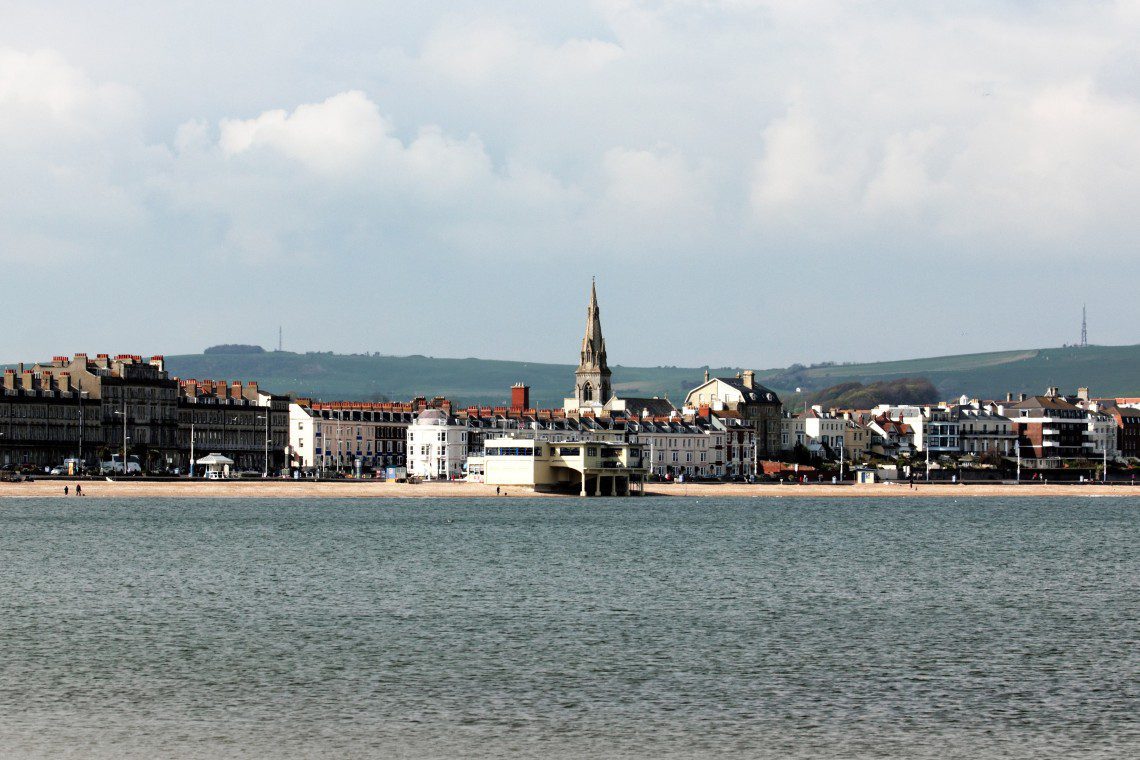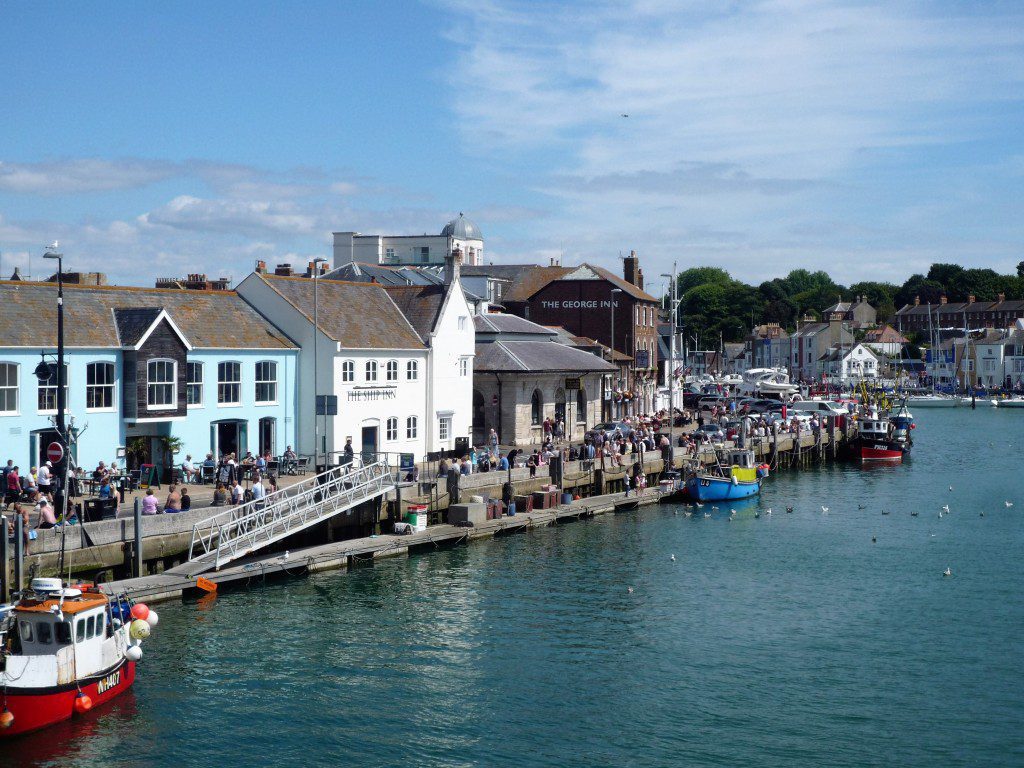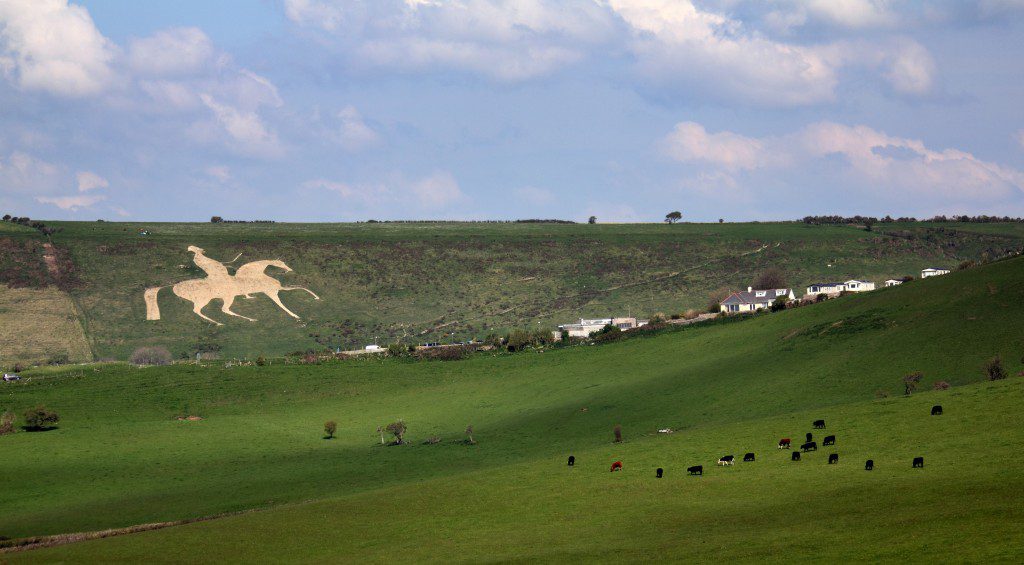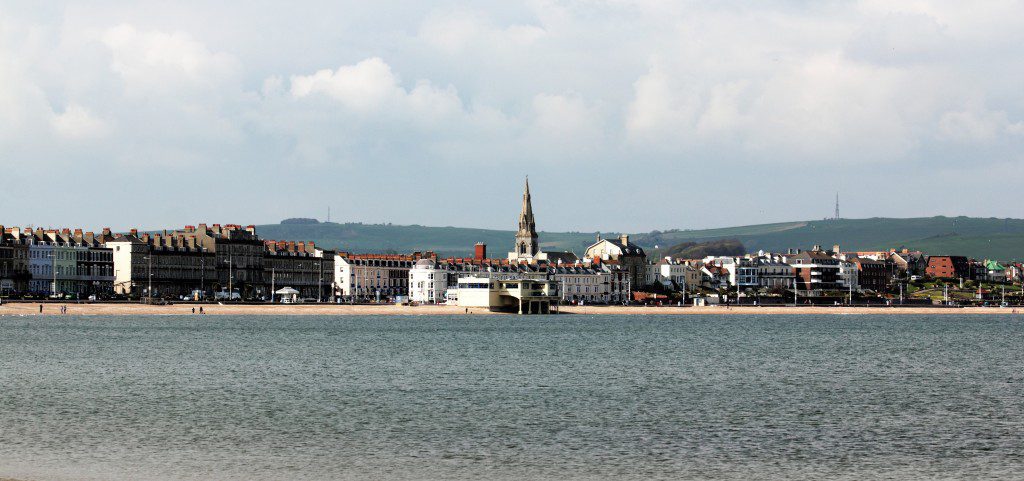Let’s get to know the history of Portland
- March 28, 2022
- Local guides
Before booking your stay on the Isle of Portland in Dorset, why not learn more about it? Read our guide to find... Read More

Before booking your stay in Weymouth in Dorset, why not learn more about it? Read our guide to find out more!
Weymouth originated as the two settlements of Weymouth and Melcombe Regis, on opposite sides of Weymouth Harbour. The older of the two, on the south side, was referred to as Weymouth as early as the 10th century, as part of the parish of Wyke Regis, and by 1252 had become a chartered borough and established seaport, trading in imported wine. Melcombe Regis, on the north side, was first noted in the 11th century. It developed separately from the mid 12th century onwards and in 1310 was a licensed wool port. Unfortunately, French raiders found the port so accessible that in 1433 the staple was transferred to Poole. Melcombe Regis is also thought to be the first port at which the Black Death came into England in June 1348, possibly aboard either a spice ship or an army ship and a plaque marks its location on the harbourside on Custom House Quay.
In their early history, the two towns were rivals for trade and industry, and many arguments broke out over use of the harbour. In 1571, Queen Elizabeth I became so tired of the petitioning that she united the two towns in an Act of Parliament, to form a double borough of Weymouth and Melcombe Regis. Both towns have become known as Weymouth, despite Melcombe Regis being the main centre. The villages of Upwey, Broadwey, Preston, Wyke Regis, Chickerell, Southill, Radipole and Littlemoor have since become part of the built-up area.

King Henry VIII had two Device Forts built to protect the south Dorset coast from invasion in the 1530s: Sandsfoot Castle in Wyke Regis and Portland Castle in Castletown (both a short trip away). Coastal erosion forced the abandonment of Sandsfoot as early as 1665 and parts have since fallen into the sea. In 1635, around 100 emigrants from the town crossed the Atlantic Ocean on board the ship Charity and settled in Weymouth, Massachusetts. More townspeople emigrated to the Americas to bolster the population of Weymouth, Nova Scotia and Salem, Massachusetts; then called Naumking.
During the English Civil War, control of Weymouth changed a number of times and the town was much damaged as a result. When conflict first broke out in 1642, Weymouth was peacefully occupied by Parliamentarians, but it was captured in August the following year by 2,000 Royalist cavalry and held until June 1644, when it was retaken. Around 250 people were killed in the local Crabchurch Conspiracy when sympathetic residents let Royalist soldiers into the town in February 1645. It was recaptured later that month and remained in Parliamentarian hands for the remainder of the war, despite enduring a protracted siege.
The resort is among the first modern tourist destinations, after King George III’s brother the Duke of Gloucester built a grand residence there, Gloucester Lodge, and passed the mild winter there in 1780; the King made Weymouth his summer holiday residence on fourteen occasions between 1789 and 1805, even venturing into the sea in a bathing machine. In recognition of his patronage, in 1810, a painted statue was built on the seafront. Known simply as the King’s Statue, it was extensively renovated in 2007/8. A second tribute to George III, completed two years earlier in 1808, is the mounted white horse at Osmington. Designed by local architect James Hamilton, and cut into the chalk hillside by soldiers under his direction, the figure measures 280 feet (85 m) long by 323 feet (98 m) high.

During the French Revolutionary and Napoleonic wars, Weymouth started to gain some military importance: in 1795, the Red Barracks were constructed for cavalry troops stationed at the Nothe. They were badly damaged in 1798 by a fire and work started on new buildings and a parade ground at Radipole. These premises could house 953 officers and men together with 986 horses. Militarisation of the town continued through the Victorian era, with work starting on Portland Harbour in 1849. Built specifically to accommodate the new steam navy, the project was completed in 1872. Between 1860 and 1872, Nothe Fort was constructed at the entrance of Weymouth Harbour, overlooking the new harbour at Portland.
Weymouth’s popularity, both as a trading port and as a holiday destination, also grew in this period and the arrival of the railway in 1857 boosted both industries. The Royal National Lifeboat Institution stationed a lifeboat at Weymouth for the first time on 26 January 1869. A boathouse was built with a slipway by the harbour and is still in use, although the lifeboat is now moored at a pontoon (follow the signs for the Old Harbour North). In 1887, to mark the 50th year of Queen Victoria’s reign, a multi-coloured Jubilee Clock was erected on the Esplanade.

Fast forward to the 20th Century and US soldiers could be found marching through Weymouth to board landing ships for the 1944 invasion of France.
During World War I, about 120,000 Australian and New Zealand Army Corps personnel convalesced in Weymouth after being injured at Gallipoli or other theatres of the war; the existing army camps and mild climate made it an ideal location.
Weymouth’s military importance made it a target for German bombing during World War II. The air raids destroyed 1,200 civilian dwellings and killed 76 civilians, and the high street was so badly damaged that much of it had to be demolished after the war. In September 1942 the first full-scale testing of the bouncing bomb was carried out west of the town, on the lagoon behind Chesil Bank. Tens of thousands of Allied troops departed Weymouth on D-Day, bound for Normandy beaches that included Omaha and Utah. By the time the conflict in Europe had ended, 517,816 troops and 144,903 vehicles had been through the port.
A number of streets, places and areas of Weymouth are named after nations such as France, Canada and Australia & New Zealand in recognition of our allegiance.
We’re sure you’ll find when walking around the town, you’ll find so much history – take a look around and explore
Join The Discussion